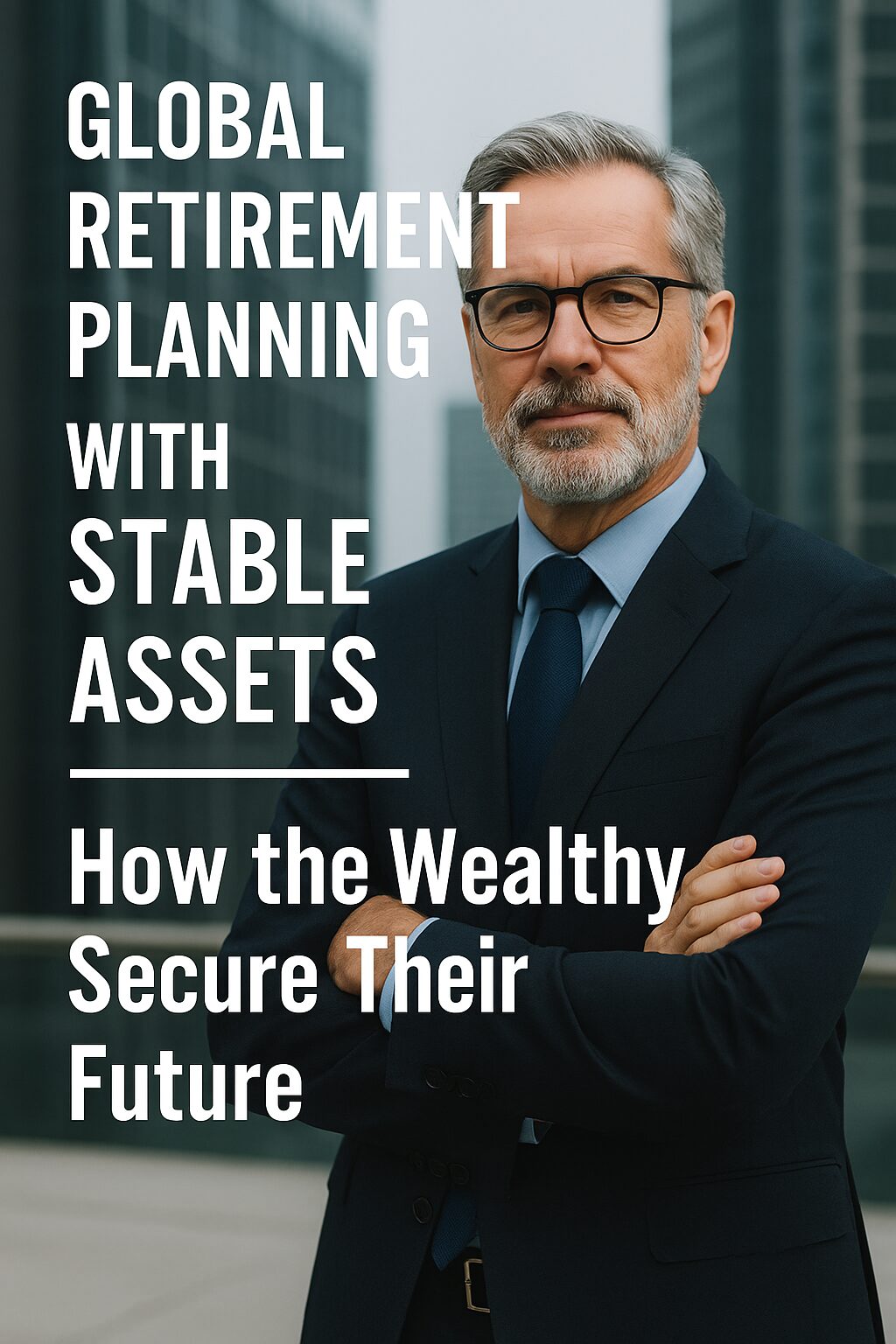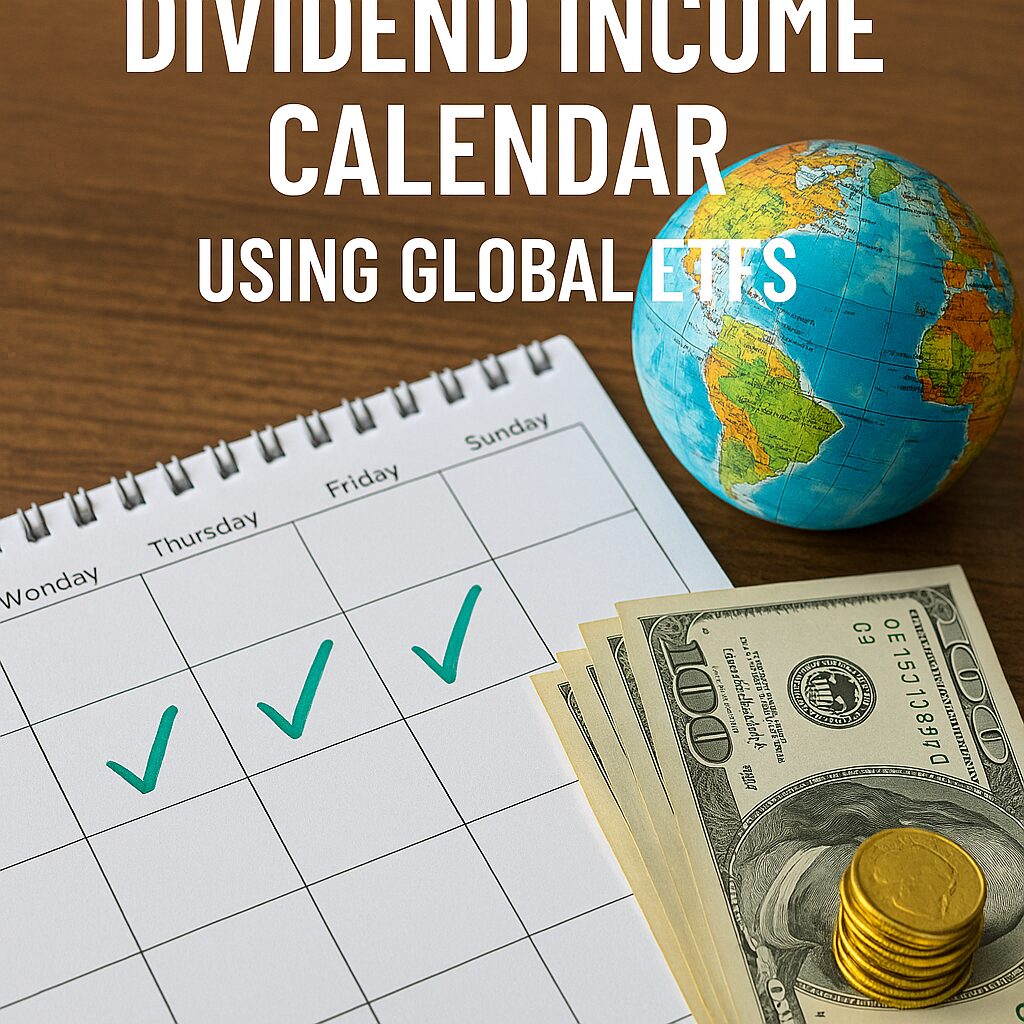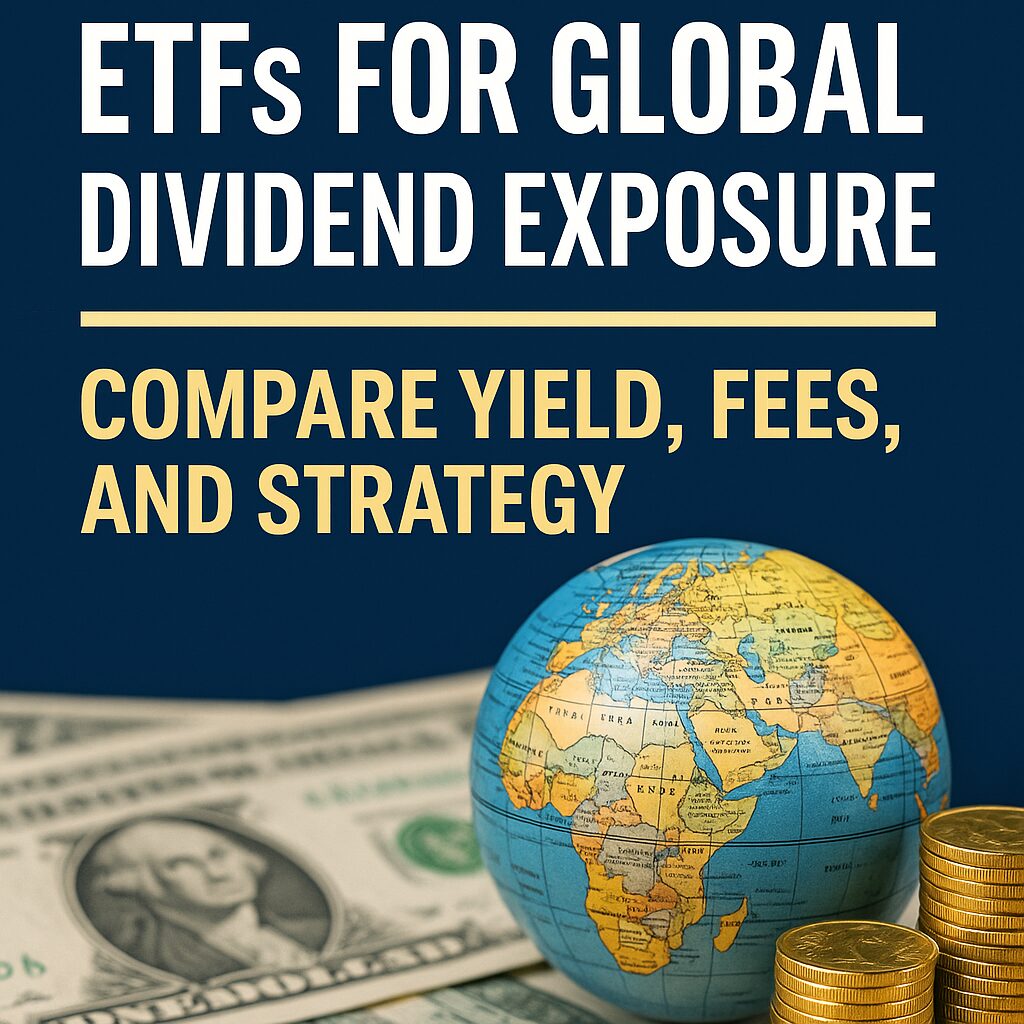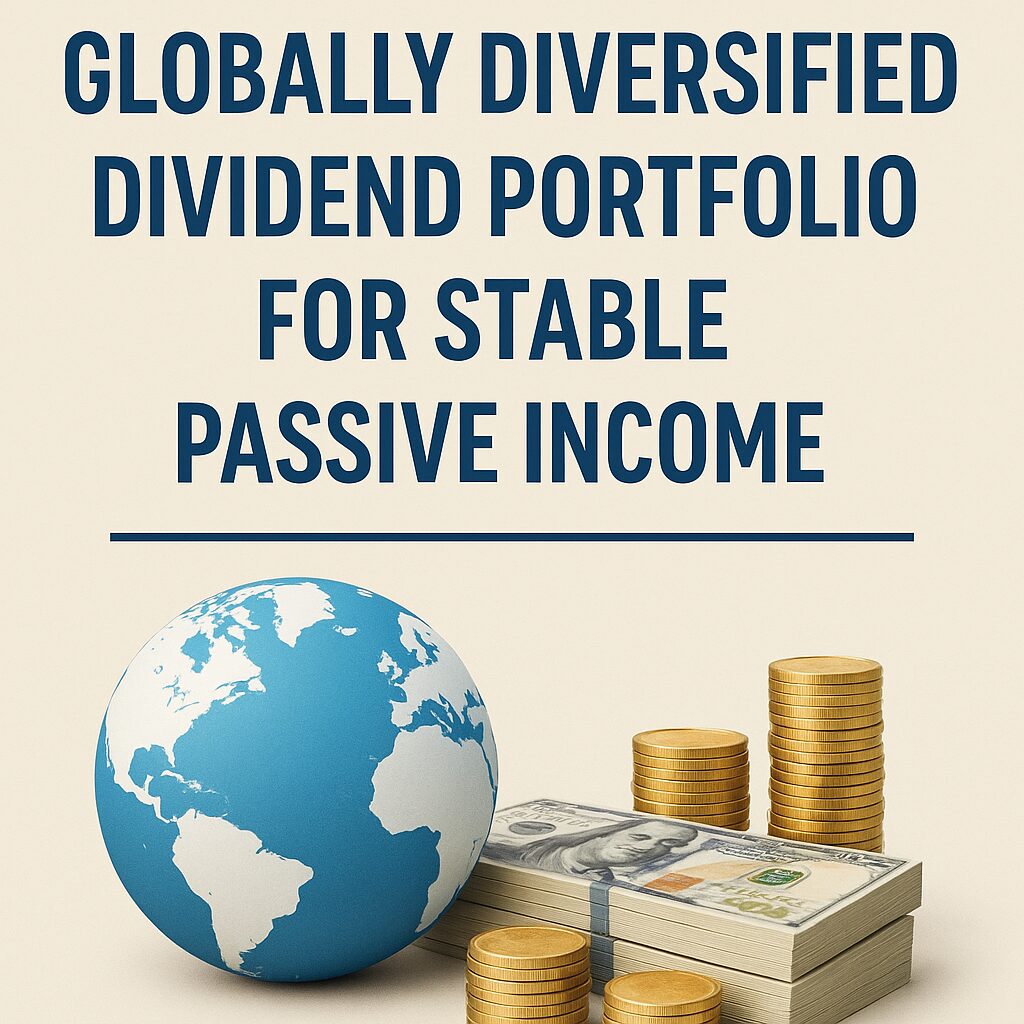The Retirement Dilemma
For most people, retirement is about saving enough money. But for the wealthy, retirement is about optimizing a portfolio that balances three critical variables: yield, liquidity, and risk. This is the essence of what we call the “Retirement Triangle.”
Why is this triangle so important? Because you can’t maximize all three at the same time. If you want high yield, you often sacrifice liquidity. If you want safety, you may lose return. If you want liquidity, you may need to accept lower yields. The wealthy know this—and they carefully balance all three to maintain freedom, resilience, and consistent income throughout retirement.
In this guide, we break down how the affluent structure their retirement portfolios and how you can apply the same principles no matter your current financial level.
Part 1: The Three Pillars of the Retirement Triangle
1. Yield – The Engine of Income
Yield refers to the income your investments generate—usually in the form of interest, dividends, or rental income. For retirees, this income must be:
- Predictable (so you can budget)
- Sustainable (not dependent on short-term gains)
- Tax-efficient (especially in multi-jurisdictional setups)
Common high-yield components in a wealthy retiree’s portfolio include:
- Global dividend stocks (e.g., US, Europe, Japan)
- Preferred shares
- Real Estate Investment Trusts (REITs)
- Private debt and fixed income funds
These aren’t just income-generating—they are also selected for stability, sector diversification, and alignment with inflation trends.
2. Liquidity – The Freedom to Move
Liquidity is your ability to access funds quickly without significant loss of value. The rich never tie up 100% of their capital in long-term, locked investments.
They maintain multi-layered liquidity buffers, such as:
- High-yield savings in multiple currencies (USD, EUR, JPY)
- U.S. Treasury ETFs and short-term bonds
- Cash equivalents in foreign jurisdictions
- Digital banks and fintech platforms offering instant conversion and withdrawal
Liquidity provides mobility and psychological peace, allowing the portfolio to respond to market crises or personal emergencies.
3. Risk – The Silent Portfolio Killer
Risk is the probability of losing capital or future income. While some risk is inevitable, the rich use risk distribution techniques to stay protected:
- Global diversification: across regions, currencies, and sectors
- Asset-class balancing: mixing equities, real estate, fixed income, and alternatives
- Stress testing: running simulations for inflation, interest rate shocks, or geopolitical events
- Legal structures: such as trusts or foreign retirement wrappers to add tax and legal protection
The goal is not zero risk—but known, controlled, and compensated risk.
Part 2: How the Wealthy Build the Triangle in Practice
A balanced retirement portfolio might look like this:
| Asset Type | Purpose | Triangle Component |
|---|---|---|
| Dividend stocks (US/EU/Asia) | Core income generation | Yield |
| REITs | Passive real estate income | Yield + Risk |
| Short-term US Treasuries | Capital preservation + access | Liquidity + Risk |
| Foreign currency savings | Inflation hedge and withdrawal ease | Liquidity |
| Gold or inflation-linked bonds | Crisis insurance | Risk |
| Global ETF basket | Broad market exposure | Yield + Risk |
| Private equity or debt | High returns (illiquid) | Yield (lower liquidity) |
These are strategically rebalanced, often quarterly, depending on market cycles and the retiree’s age, residence, and tax status.
Part 3: Retirement Triangle for Non-Millionaires
You don’t need to be ultra-wealthy to apply the triangle. Here’s how you can start:
- Start with liquidity: build 6–12 months of expenses in USD/EUR savings accounts with global ATM access.
- Add yield: invest in 2–3 global dividend ETFs (e.g., VIG, SCHD, HDV, or European equivalents).
- Control risk: avoid overexposure to a single country or asset class. Use low-cost global ETFs.
- Stay mobile: use banks like Wise or Revolut to manage multi-currency access.
Over time, your portfolio will grow in both stability and income, supporting an early or flexible retirement abroad or at home.
Conclusion: The Retirement Triangle is Your Compass
Most people focus on just one corner—either chasing yield or hoarding cash. But the Retirement Triangle teaches us a more strategic mindset:
“Build income. Preserve freedom. Manage risk.”
By doing so, you align your portfolio not just for returns—but for resilience, peace of mind, and lifelong independence.
Whether you’re planning to retire in Portugal, South Korea, or the U.S., this triangle will guide your financial decisions and keep you in control.
📌 Coming Up Next
Global Real Estate Income – How to Build a Monthly Paycheck with International Properties
→ In our next post, we’ll explore how global investors are using REITs and fractional property platforms to generate consistent income without owning or managing a single home directly.









